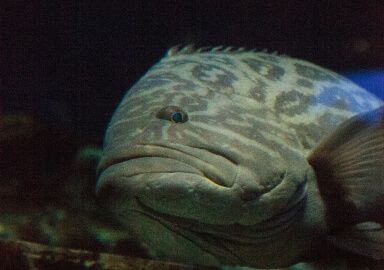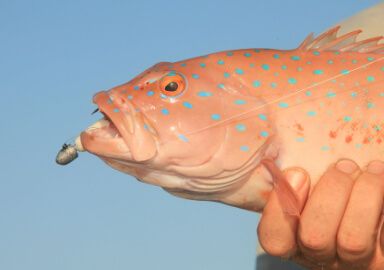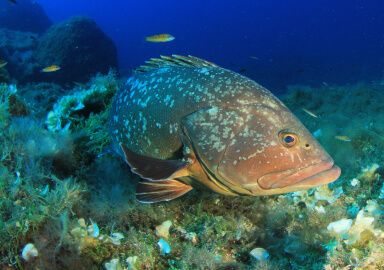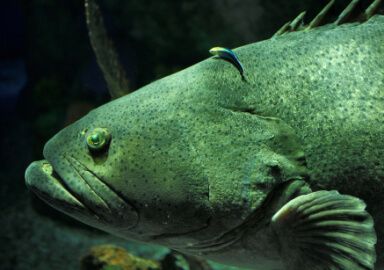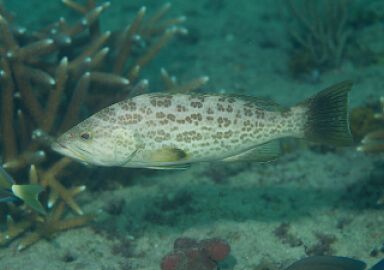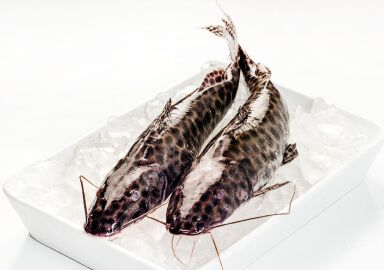Red Grouper
The red grouper is a typical representative of the grouper family, a large fish found in deep waters of America’s eastern shores.
View 26 listings
26
listings
–
price starting from
8
countries
–
to the nearest trip
Where and When?
The species is distributed along the western shores of the middle Atlantic Ocean from southern Brazil to North Carolina. They are particularly common in certain areas of the Gulf of Mexico, Caribbean Sea and around Bermuda. Generally, smaller fish are found inshore, even in estuaries and lagoons, while larger fish appear to gravitate almost progressively offshore. Most large fish are reportedly caught at depths of 70 to 330 meters, sometimes as much as 20 miles offshore, and they are often associated with the edge of the continental shelf. Smaller fish are usually caught around structure, above muddy bottoms or in weedy areas. Larger specimens are usually found very near the ocean floor, particularly in deep waters.
About Red Grouper
Red groupers (Epinephelus morio) have a laterally compressed body with a large mouth, big pectoral fins and a strong, heavy tail fin. Their mouth usually “gulps” in suitable food as the prey passes by and their sizeable, sharp teeth hold and kill the prey. Red groupers reach a maximum length of about 1.25 meters (49 in.) and a mass of around 23 kilograms (51 lbs). Most fish caught are around 50 centimeters (20 in.) long and, while larger specimens are usually found in deep water, the planktonic larvae generally settle out on solid sea bottoms in shallow water. Red grouper seem to move offshore with age and, in warm summer conditions, larger fish move offshore to cooler areas and return in winter. They have an interesting habit of “blowing” away soft substrate to expose hard material which allows settlement of invertebrates and attracts small fish, both of which they will eat. As adults they are very territorial and, while they feed mostly on invertebrates such as crabs and shrimps, they will opportunistically eat anything suitable that comes within rage of their mouths. While adults seem to prefer hard bottoms they are usually uncommon around coral reefs. Red grouper are “protogynous hermaphrodites”, meaning that they can change sex from female to male.
How to Catch?
Despite the fact that most large red grouper are found in deeper waters offshore, there are still quite a few areas where shore, pier, or structure fishing can be successful for small and medium sized fish. Light to medium tackle, using live bait, dead bait, lures or even fly can give excellent sport where the fish are within casting distance. Larger specimens, particularly in warmer periods, are usually in deep water and a suitable boat is essential to access areas where they may be targeted. With boat fishing it is usually best to use medium to heavy tackle due to the depth at which the fish is often found, the potential large size of the fish and the need to “hold” the fish away from the structure into which it will almost inevitably try and swim when hooked. The usual array of deep water fishing techniques, lures and baits may be used as the red grouper will take a wide variety of prey items. Jigging and “jerkbaits” can be particularly rewarding while natural dead bait can also lead to success. Live baits are usually excellent but getting them down to the depths associated with large specimens is not easy. Landing a large red grouper in deep water requires hard work but the satisfaction of doing so far outweighs the expenditure of effort.









